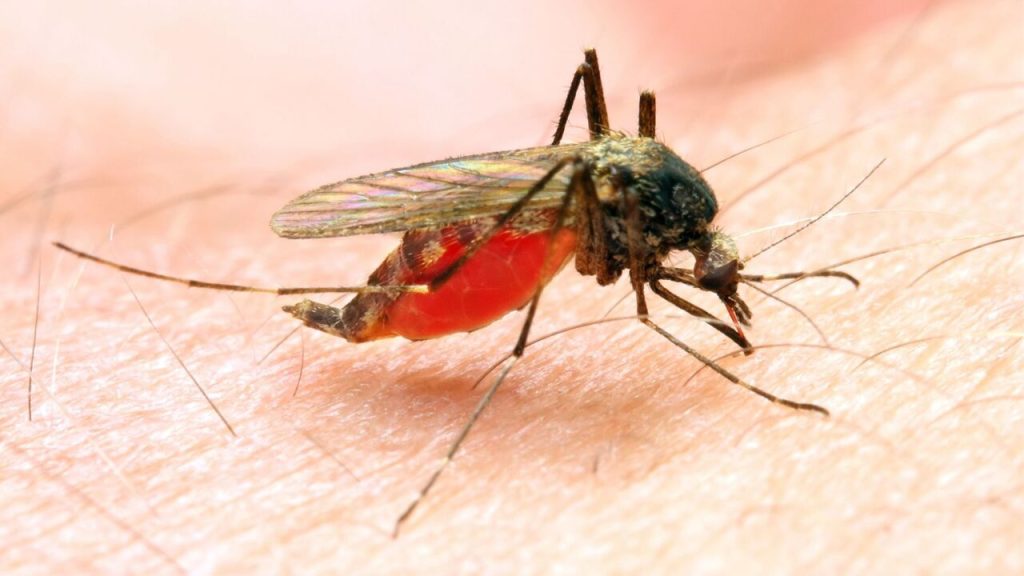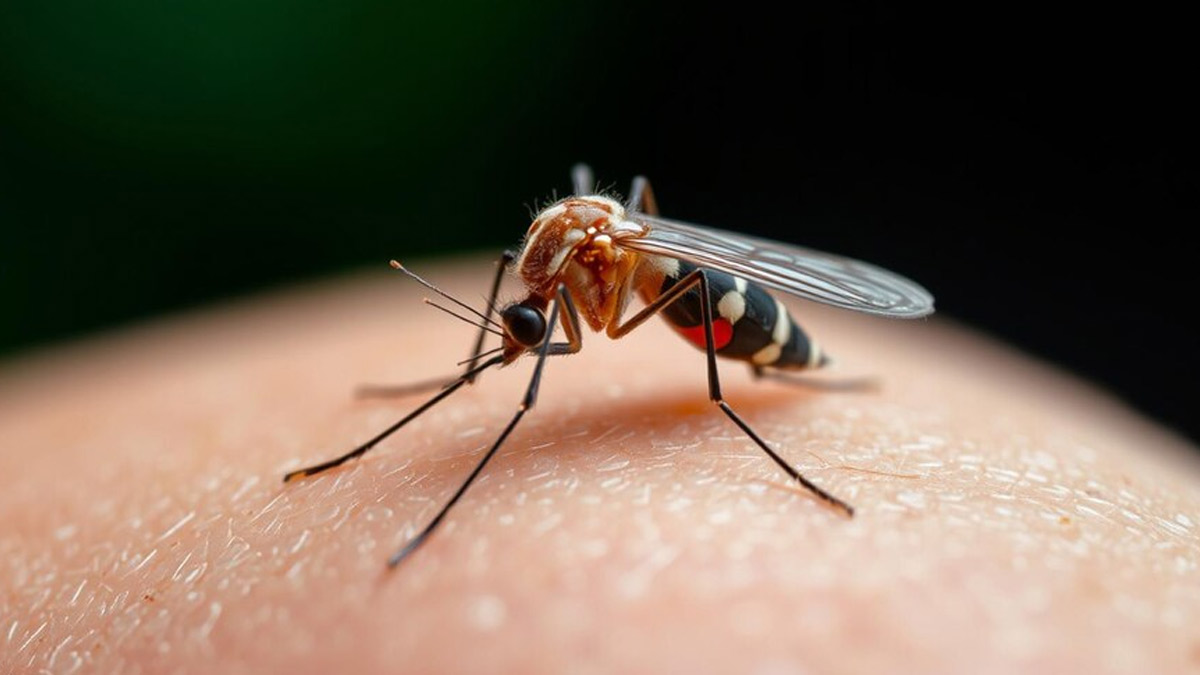The World Health Organisation (WHO) has issued a stark warning about the rising threat of a global chikungunya epidemic, urging immediate measures to curb its spread. Health officials say the early signs bear an alarming resemblance to those observed two decades ago before a widespread outbreak swept across the Indian Ocean region and beyond.
Chikungunya, a viral illness transmitted by mosquitoes, is known for causing intense fever and severe joint pain, and in some cases, it can be fatal. According to the WHO, the disease has already been detected in 119 countries, leaving approximately 5.6 billion people worldwide at risk.
Speaking from Geneva, WHO expert Diana Rojas Alvarez said the situation mirrors the 2004–2005 outbreak that began in small Indian Ocean island territories before spreading globally and affecting nearly half a million people. “We are now witnessing a similar trend,” she said, pointing to fresh outbreaks this year in Reunion, Mayotte and Mauritius. It is estimated that a third of Reunion’s population has already contracted the virus.

She added that cases have now been reported in Madagascar, Somalia, Kenya and parts of South Asia, raising the likelihood of further spread. Europe has also seen imported infections linked to the Indian Ocean outbreaks, with local transmission confirmed in France and suspected in Italy.
Given the rising number of infections, the WHO is calling for swift international action to avoid a repeat of the 2004 crisis. Although chikungunya’s fatality rate remains below one percent, Rojas Alvarez noted that in large-scale outbreaks, even that figure could equate to thousands of deaths.
One of the key concerns is the vulnerability of populations with no existing immunity, which could result in significant epidemics infecting large portions of communities. The disease is primarily spread through the bites of infected female mosquitoes, particularly Aedes aegypti and the increasingly widespread Aedes albopictus—commonly known as the tiger mosquito. Climate change is enabling these mosquitoes to spread further north than ever before.
Tiger mosquitoes are most active during the early morning and late afternoon, often during daylight hours. The WHO is urging people in affected areas to take preventive steps, such as using insect repellent and eliminating stagnant water, which serves as breeding grounds for mosquitoes.
Rojas Alvarez concluded by stressing the importance of early intervention, saying: “We are sounding the alarm now so countries can act quickly and avoid large-scale outbreaks.”


 Trending
Trending 